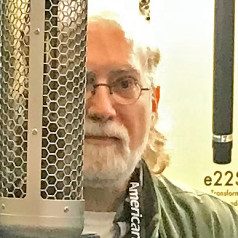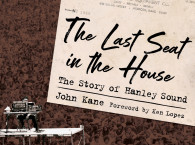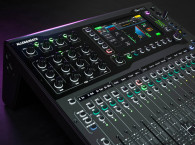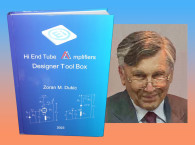Title: On the Road: Recording the Stars in a Golden Era of Live Music
Author: David W. Hewitt
ISBN-10: 1493056174
Publisher: Backbeat (November 15, 2021)
Pages: 288

The 1970s and 1980s were great times for live music, and so they were great times for live albums. Technology had reached the point that it was finally possible to get good sound in large auditoriums with live bands, and soon it became possible to get good recordings in those situations.
There were many well-known engineers who made their livings doing live recordings of rock concerts in that era, from Wally Heider and Kooster McAllister to the aptly named Steve Remote. But one of the most popular engineers was David Hewitt.
Hewitt worked for 50 years in the industry, starting with Regent Sound Studios in Philadelphia, PA, moving to the Record Plant Remote truck out of Los Angeles, CA, working for many years in the business and eventually buying a truck from the Record Plant and operating a series of remote trucks of his own.
He worked on the Super Bowl Halftime Show, Arthur Fiedler and the Boston Pops, and The Concert for New York City after 9/11. He recorded concerts with Buddy Rich, Wynton Marsalis, Eric Clapton, Neil Young, and stand-up performances by Father Guido Sarducci. When Billy Joel and Nelson Mandela were on stage at Yankee Stadium, David Hewitt was in the truck, just like he was at the Beverly Sills Opera Gala, and for many years of Academy Awards.

Before I talk about what his book, On the Road: Recording the Stars in a Golden Era of Live Music, is, let me say what it’s not. It’s very much lacking in technical details and in discussions about process and philosophy of remote recording. I would like to have seen a lot more of that, not just for the reasons that all audioXpress readers probably have, but also because I came up in a very different world of remote recording for acoustic music. I would like to have been able to compare my philosophy of recording orchestras and his. I would also like to have seen him write more about the early digital era, because there isn’t a lot about that and people who live in the modern digital workstation world might have some notions about a world of analogue tape machines... but the world of digital tape machines is not something people talk about.
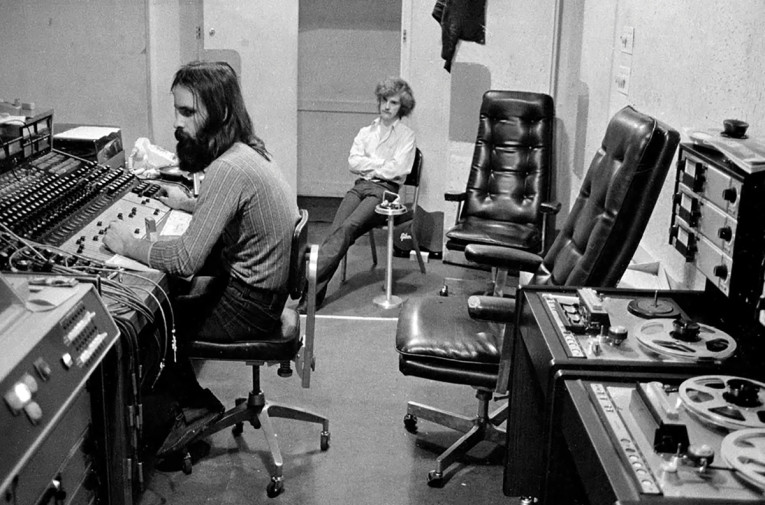
But what IS it? It’s a memoir, as if Hewitt had gone through his journal of concert recordings over the years and tried to write about each one of them and what he remembers about the event. It’s not all that well organized, not exactly chronological, and not exactly by genre but a little of each. Some of the events he talks about extensively, while others (including some of the ones I’d be most interested in such as the jazz gigs of the early 1980s) he just mentions in passing.
If you’re at all curious about the concert scene in the 1970s, 1980s, 1990s, and 2000s, you will find this book interesting. You might find it brings up more questions than it answers, but that’s not a bad thing because it means it got the reader thinking about concert recording work.
Yes, it would have been nice to have had more technical discussion and more details about how things have changed over the past few decades, but there’s a little bit of that there to start off. And it does seem like Hewitt goes out of his way not to talk about Frampton Comes Alive, which is probably the most famous and possibly the most controversial album he ever worked on. How much of it is actually live? He’s not telling here.

But he is talking about the field hockey game played by members of the Who against a high school girls’ field hockey team that was in the same hotel. It is filled with interesting little anecdotes about a touring era that is gone today.
You should get this book and keep it on the coffee table or in the bathroom because it’s a fun book to read and you can read it in little bits and pieces. If anything, it will introduce you to new recordings that you didn’t know existed, and it has definitely added to my long list of records to buy. For more information, visit https://davidhewittontheroad.com aX
This article was originally published in audioXpress, April 2023.


